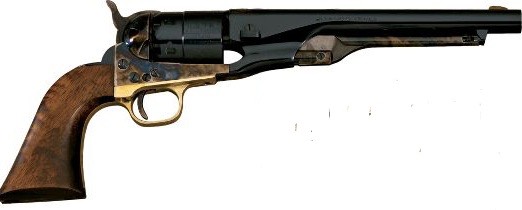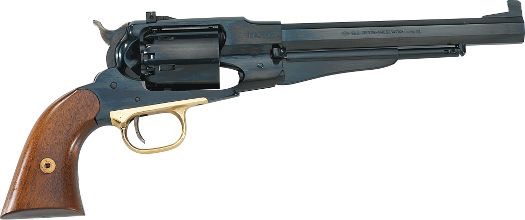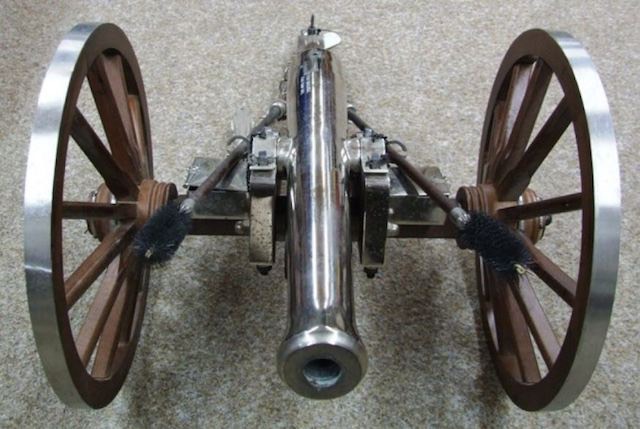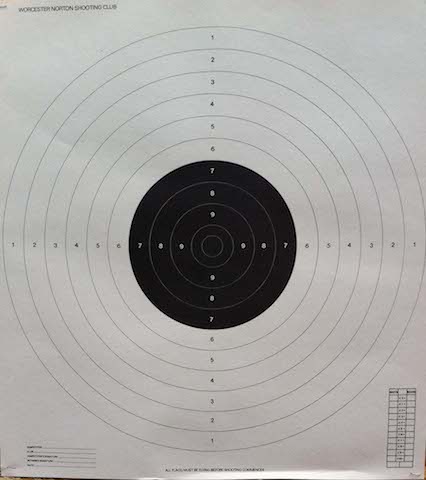The private ownership of target shooting handguns in the UK was banned some years ago, save for the following exceptions:
- Long barrel firearms (LBF); cartridge firing handguns with extremely long barrels and a permanently fixed arm brace extending backwards from the grip.
- Section 7 handguns; these are historic firearms which can only to be used at Section 7 ranges, where they must also be stored.
- Muzzleloading blackpowder revolvers; these can be held on FAC, and used on any range with a suitable safety certificate.
- Muzzleloading blackpowder single shot pistols; either percussion or flintlock, these are also allowed on FAC.
Although single shot muzzleloading pistols are catered for in many national and international competitions and can be extremely accurate, the slow pace of reloading limits the variety in courses of fire. So, if you want to shoot handguns, for fun or in competitions, a muzzleloading revolver is the logical choice.







